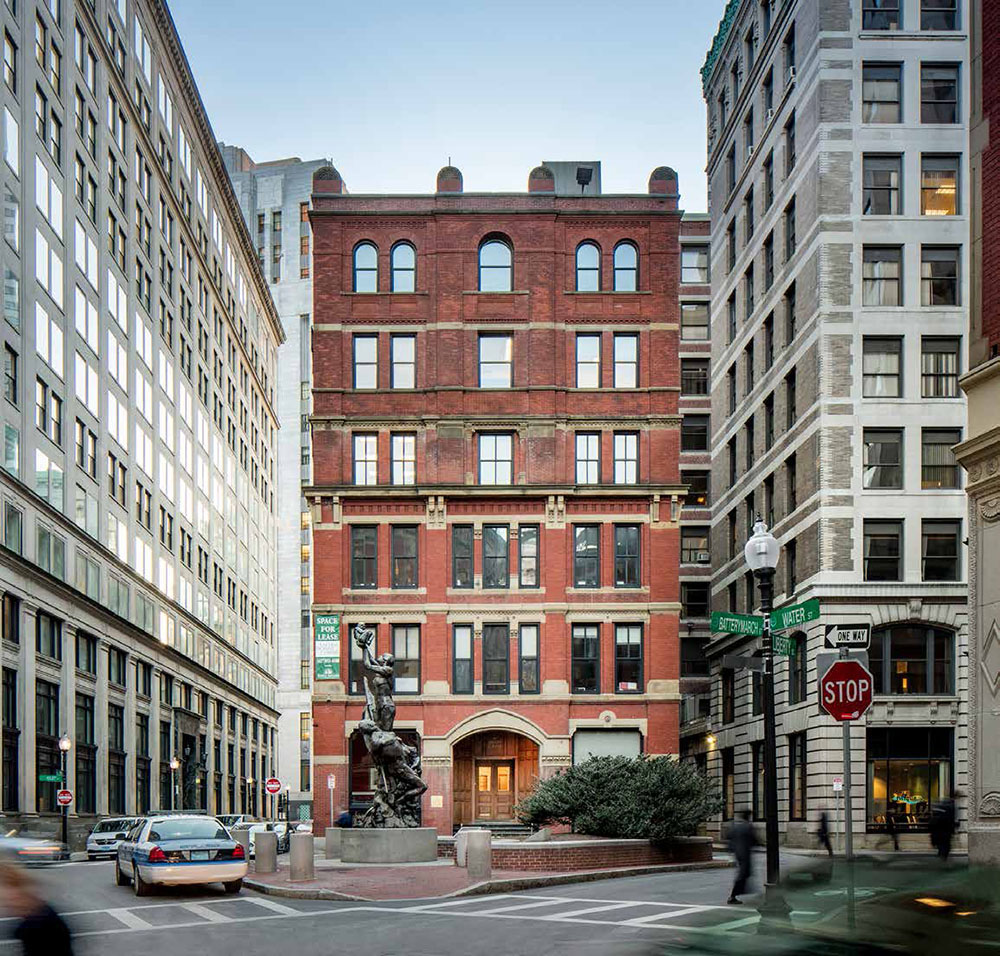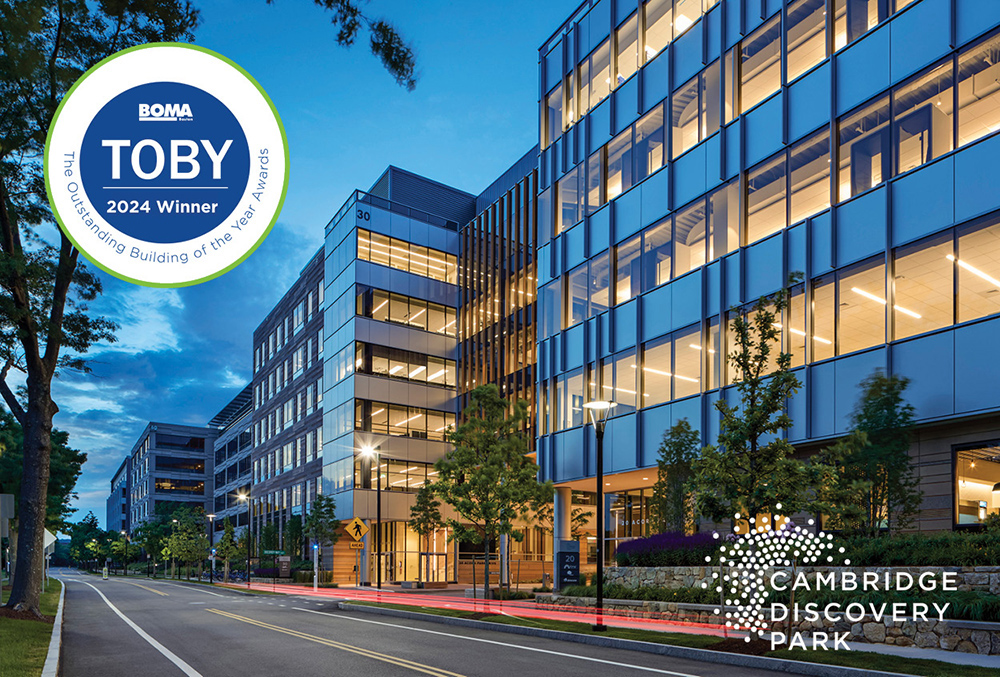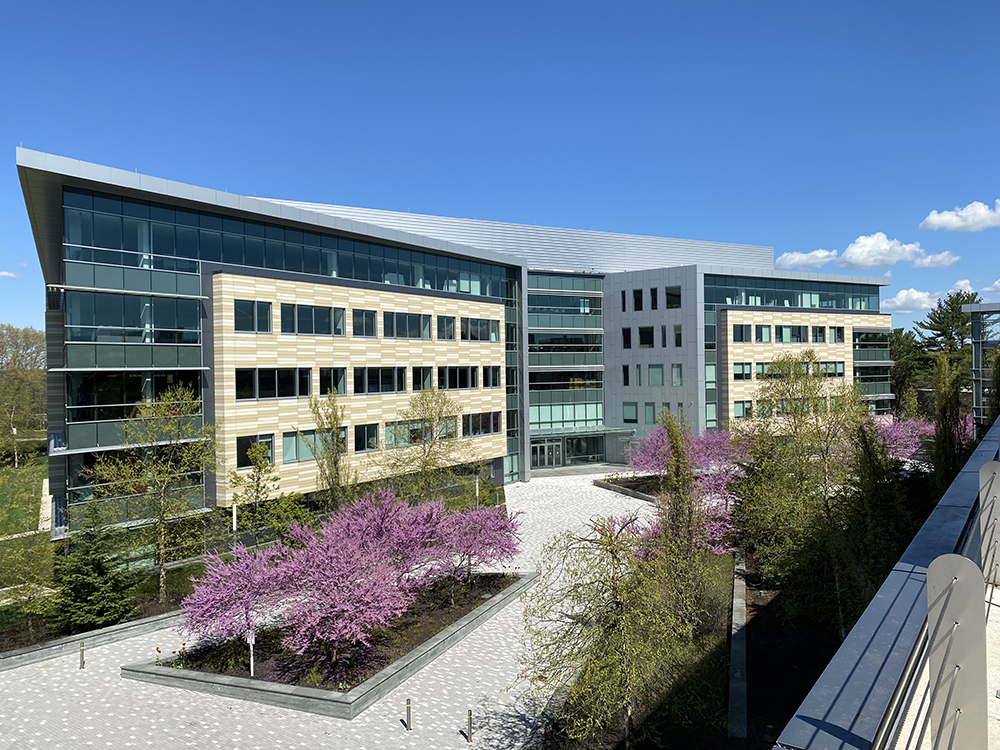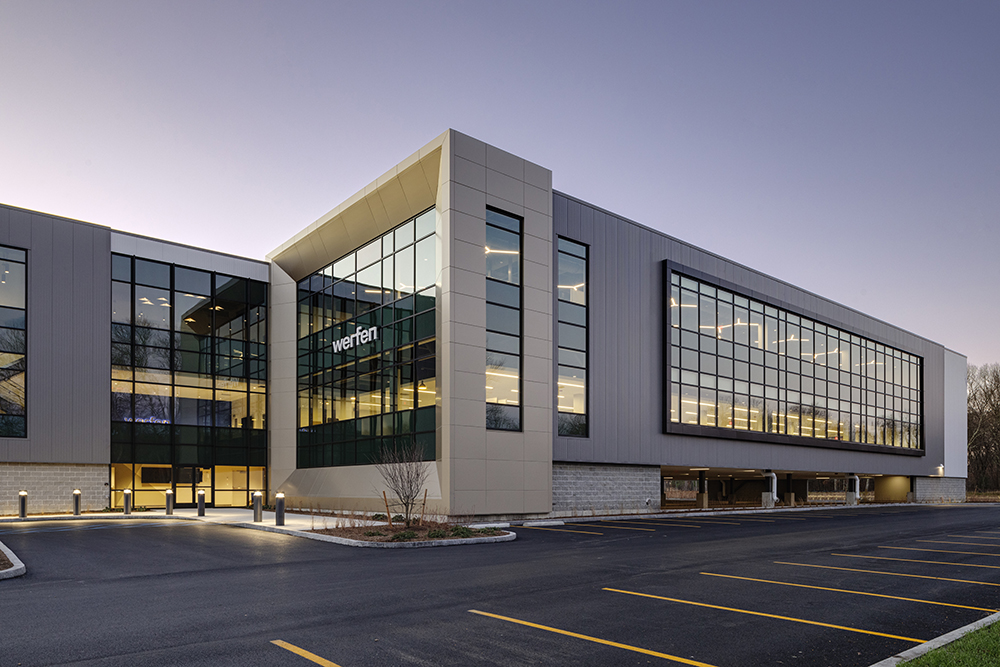News: Front Section
Posted: September 15, 2009
Green is not getting out of the way - It's gaining considerable momentum
The British Philosopher Thomas Paine, said, "Lead, follow or get out of the way."
Paine lived in another generation and was not contemplating the role of the commercial real estate broker in the green movement in the U.S. Or was he?
The role of the broker in this process is evolving and poised for significant future growth. Corporate America increasingly is embracing the financial and altruistic benefits of green. Green is becoming more clearly defined, and federal agencies are putting significant financial resources behind the movement.
Green is not getting out of the way. It is gaining considerable momentum.
* In a 2008 study, Greener Buildings reported the number of Leadership in Energy and Environmental Design (LEED) certified new and existing buildings more than doubled in a two-year period. As ofApril of 2009, 2,488 commercial projects had been certified under LEED ratings systems and 19,524 projects were registered with the intent of obtaining certification when completed.
* Significant stimulus money is being tied to sustainable development and retrofit projects.
* The Small BusinessAdminstration (SBA) is preparing to formally announce a new program that will double the amount of money available for real estate owners who implement an energy reduction or renewable energy generation project.
* A 2008 national study by Costar determined LEED buildings command rent premiums of $11.24 per s/f over their non-LEED peers and have 3.8% higher occupancy. Rental rates in Energy Star buildings represent a $2.38 per s/f premium over comparable non-Energy Star buildings and have 3.6% higher occupancy.
Given the magnitude of these statistics, the number of brokers working toward a LEED AP designation is increasing. Traditionally, this designation has been reserved for architects and designers, but recently commercial brokers have entered the fray to demonstrate a commitment to environmental practices, and to set themselves apart.
BethYoung, vice president, investment services for Grubb & Ellis in Houston, is an LEED AP in the Houston market, where she received her designation in December of 2008. Her motivation was client-based. Young estimates it took 300 hours of studying to pass the LEED AP exam.
John Gledhill, first vice president for CBRE in Chicago and a LEED AP, received his designation in 2008. As clients began inquiring more about green and sustainable practices, Gledhill committed himself to acquiring the knowledge.
He recently completed work on his first green project, serving as the broker for the buyer and seller in what turned out to be a 170,000 s/f build-to-suit project in Elgin, Ill. for Siemens—a wind energy provider. The recently completed facility is striving to achieve the LEED Silver rating.
While Gledhill was able to provide real estate services, his knowledge also allowed him to act as a knowledgeable consultant on green development for his client.
"We brought the land to the developer and then brought the client and developer together," said Gledhill. "...It was easier to speak to the client on all aspects of the project because I had a familiarity with the process."
Knowledge is a powerful tool and leads to future opportunities.
"My clients are primarily investors in office and medical property," said Young. "Most facilities constructed now are Energy Star and when my clients want to sell these buildings, they need a broker who can highlight the marketing aspects. They need a broker who can tout the energy savings."
If building owners can prove significant energy savings, they may be able to charge higher rents, but a portion of that will rely on the marketing prowess of the broker. This is where commercial brokers can set themselves apart.
"Any broker can be taught to describe the generalities of the longterm cost savings of energy efficient systems; but the broker who has earned the LEEDAP has a much deeper understanding of the additional amount of work and specific requirements that went into the project," said Young. "Any owner or developer that has taken on the challenge of building a LEED-certified building or renovating a building to LEED standards would only logically want someone to market it that has a real understanding of the challenge. The seller would want the prospective buyer to understand what a great building this is that is being marketed."
Thomas Coalson, a LEED AP from Colorado, will be the instructor of NAR's Green Designation Course. Coalson has been involved with and committed to green practices in real estate since the early 1970s. He has decades of "disappointment" behind him as countless developers and construction firms failed to share his commitment to sustainable practices in the past.
"Itwas a rough go formany years," saidCoalson.
"Owners and developers didn't want to do it. I had to show them that it was making money."
"Solar was a fad in the 1970s. Investors never got their money back because the technology wasn't good. It was for people who wanted to make a statement," Coalson said. "Now, it is different. There is an ROI and there is potential profit. It's a good business decision now, not just a fad."
Some brokers aren't embracing the practice, not because of the benefits it can extol, but because of timing. The current state of the commercial real estate industry has put the majority of new development on hold and delayed corporate decision making on transactions where retrofitting would be a strong consideration. Others worry that efforts to tie more regulations to the process will make matters even worse.
Nevertheless, if local, state and the federal government continue to push legislation favoring green policies and the private sector champions it as smart business practices, the trend will be here to stay.
"Sustainability is a large portion ofmy business now and I see it continuing as more companies want to green their portfolios," says Gledhill. "For brokers out there who don't know much about green design, it's not too late. There is still time to make this a part of your repertoire."
Tags:
Front Section
MORE FROM Front Section
Newmark negotiates sale of 10 Liberty Sq. and 12 Post Office Sq.
Boston, MA Newmark has completed the sale of 10 Liberty Sq. and 12 Post Office Sq. Newmark co-head of U.S. Capital Markets Robert Griffin and Boston Capital Markets executive vice chairman Edward Maher, vice chairman Matthew Pullen, executive managing director James Tribble,

Quick Hits
Columns and Thought Leadership

Make PR pop by highlighting unique angles - by Stanley Hurwitz
Coming out of the pandemic, a client with three hotels in Provincetown, Mass., needed ways to let the world know his properties were open for business for the 2021 tourist season.
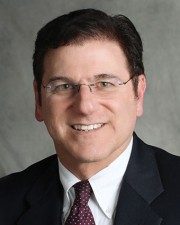
Four tips for a smooth 1031 Exchange - by Bill Lopriore
Many real estate investors do not understand the specific requirements that must be met to secure the benefits of a tax-deferred 1031 exchange. For example, the replacement property must be identified within 45 days of the closing date of the relinquished property.
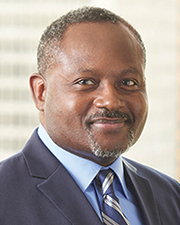
How COVID-19 has impacted office leasing - by Noble Allen and John Sokul
To say that the effects of COVID-19 has transformed office leasing is an understatement. When COVID-19 was at its peak, office spaces were practically abandoned either through governmental mandates or through actions taken by businesses themselves.

Five ways to ruin a Section 1031 Like-Kind Exchange - by Bill Lopriore
While there is some flexibility when structuring a like-kind exchange, some important requirements must be met. A mistake can ruin your exchange. Here are five mistakes to avoid:


